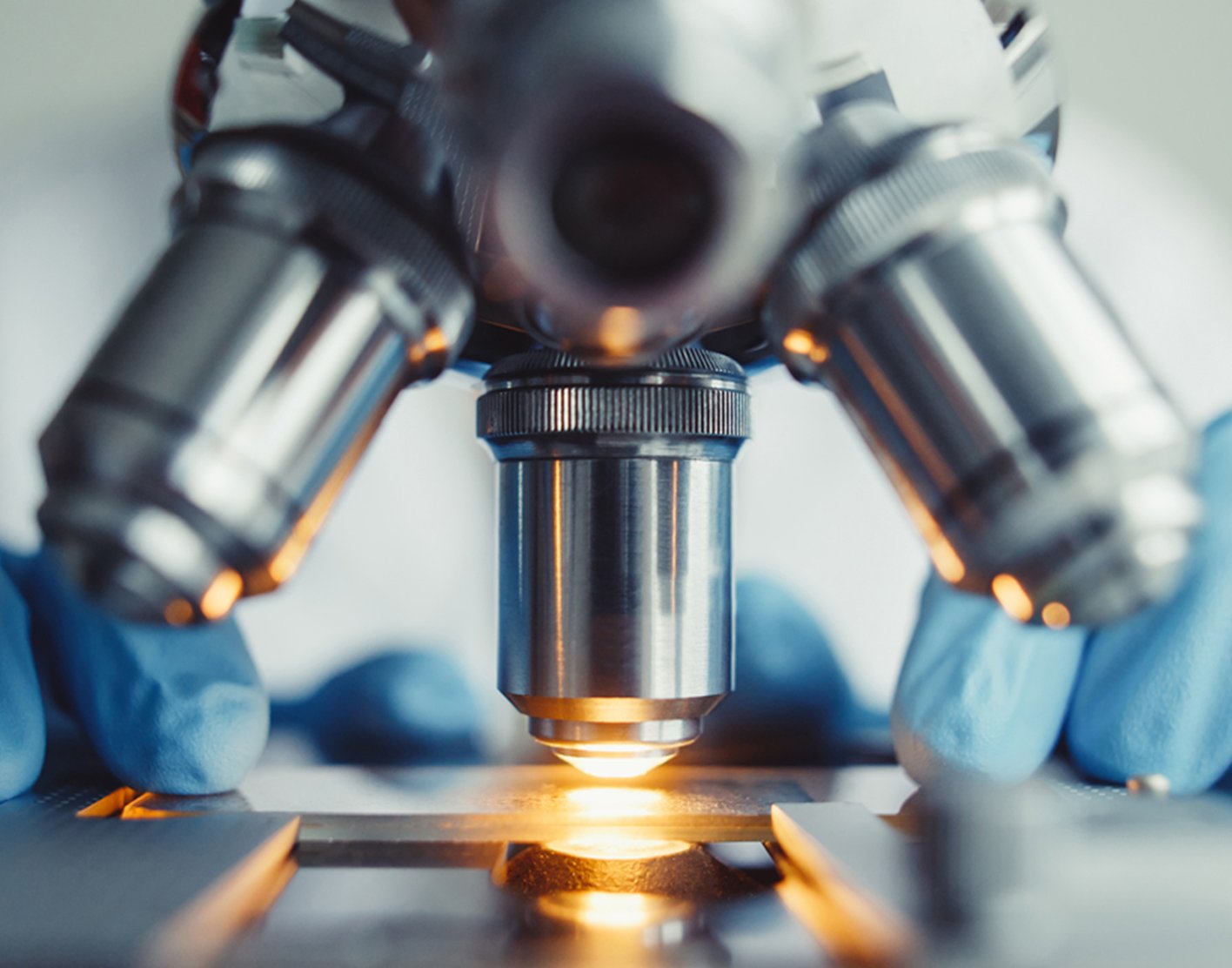
Open pleural biopsy
Definition
An open pleural biopsy is a procedure to remove and examine the tissue that lines the inside of the chest. This tissue is called the pleura.
Alternative Names
Biopsy - open pleura
How the Test is Performed
An open pleural biopsy is done in the hospital using
The surgery is done in the following way:
- After cleaning the skin, the surgeon makes a small cut in the left or right side of the chest.
- The ribs are gently separated.
- A scope may be inserted to see the area to be biopsied.
- Tissue is taken from inside the chest and sent to a laboratory for examination.
- After surgery, the wound is closed with stitches.
- Your surgeon may decide to leave a small plastic tube in your chest to prevent air and fluid from building up.
The breathing tube may not be able to be removed right after surgery. So, you may need to be on a
How to Prepare for the Test
You should tell your surgeon if you are pregnant, allergic to any medicines, or if you have a bleeding problem. Be sure to tell your health care provider about all the medicines you take, including herbs, supplements, and those bought without a prescription.
Follow your surgeon's instructions for not eating or drinking before the procedure.
How the Test will Feel
When you wake up after the procedure, you will feel drowsy for several hours.
There will be some tenderness and pain where the surgical cut is located. Most surgeons inject a long-acting local anesthetic at the surgical cut site so that you will have very little pain afterward.
You may have a sore throat from the breathing tube. You can ease the pain by eating ice chips.
You may have a tube in your chest to remove air. This will be removed later.
Why the Test is Performed
This procedure is used when the surgeon needs a larger piece of tissue than can be removed with a
It is also done when there is fluid in the chest cavity, or when a direct view of the pleura and the lungs is needed.
This procedure may also be done to examine a
Normal Results
The pleura will be normal.
What Abnormal Results Mean
Abnormal findings may be due to:
- Abnormal tissue growth (
neoplasms ) - Certain infections (bacterial, viral, fungal, or parasitic)
- Mesothelioma
Tuberculosis
Risks
There is a slight chance of:
- Air leak
- Excess blood loss
- Infection
- Injury to the lung
Pneumothorax (collapsed lung)
References
Chernecky CC, Berger BJ. Biopsy, site-specific - specimen. In: Chernecky CC, Berger BJ, eds. Laboratory Tests and Diagnostic Procedures. 6th ed. St Louis, MO: Elsevier Saunders; 2013:199-202.
Wald O, Izhar U, Sugarbaker DJ. Lung, chest wall, pleura and mediastinum. In: Townsend CM Jr, Beauchamp RD, Evers BM, Mattox KL, eds. Sabiston Textbook of Surgery. 21st ed. St Louis, MO: Elsevier; 2022:chap 58.
Review Date: 10/10/2022
The information provided herein should not be used during any medical emergency or for the diagnosis or treatment of any medical condition. A licensed physician should be consulted for diagnosis and treatment of any and all medical conditions. Call 911 for all medical emergencies. Links to other sites are provided for information only -- they do not constitute endorsements of those other sites. Copyright ©2019 A.D.A.M., Inc., as modified by University of California San Francisco. Any duplication or distribution of the information contained herein is strictly prohibited.
Information developed by A.D.A.M., Inc. regarding tests and test results may not directly correspond with information provided by UCSF Health. Please discuss with your doctor any questions or concerns you may have.



























